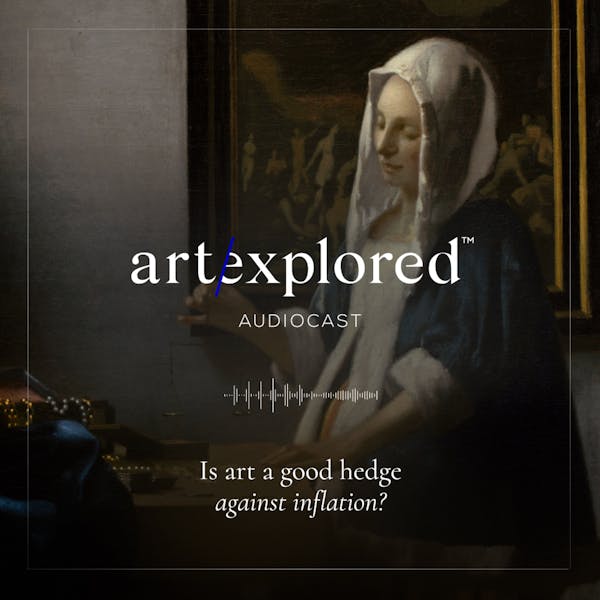The art of diversification
Buy art, lower risk, maximize returns – is it so simple?
By Robert Budden
Buying art can lower the overall risks of your investment portfolio by helping to maximise returns while limiting losses in a downturn. The perfect investment would be one that behaves like cash – i.e., that doesn’t depreciate – yet performs like tech stocks during the dot-com boom. Sadly, no such investment exists.
This is something the Chinese appear to have long understood. Indeed, the Chinese word for “risk” consists of two separate symbols: “danger” and “opportunity,” clearly explaining that risk brings with it the possibility of both losses and gains.
This understanding is deeply ingrained in the psyche of any good wealth manager or financial adviser. Underpinning every investment approach is appetite for risk – in essence, an investor’s ability and willingness to stomach losses in the pursuit of profits.
The other key tenet of savvy investing – first popularised by Nobel prize winner and father of modern portfolio theory Harry Markowitz – is diversification.
The idea is that, by spreading investments across different securities (like shares in different companies) and different asset classes (like bonds or even wine or art), investors can maximise their financial returns while limiting losses in a downturn. When one asset is falling in value, another might be falling more slowly or even rising in price, cushioning the overall blows of challenging investment markets yet maintaining a long-term aim of delivering decent gains.
This concept has been so rigorously tested by academics and investors of all shapes and sizes that it is pretty much universally adopted by all professional investors from pension funds and endowments to the world’s biggest global asset and wealth managers.
The test to check whether another investment makes sense for diversification purposes is to look at how closely it performs with another. The tool used to do this is called correlation. It measures how closely one asset (or a particular stock or bond) has performed against another. Correlation is ranked between minus one and one with zero denoting that there is no performance relationship at all, while one signifies that two assets rise and fall in tandem. A negative correlation indicates that when one asset rises in price the other falls.
Most long-term investors will own equities and bonds as core holdings in their portfolios. So typical diversification assets might include property, private equity, hedge funds, or even art and other collectables.
Like property or private equity, research indicates that art can also prove to be an effective diversification asset. Measured from 2000 to the end of June 2021, European Old Masters and Impressionist art had a “low” correlation of just 0.23 with the S&P 500 index of leading US stocks, according to data provider Artnet, indicating art has a noticeably different performance profile to US equities.
In terms of how much of their wealth investors might want to tie up in art and other collectables, that will depend on multiple factors, not least personal and emotional ones. But, as a good guide, investment advisers suggest up to around 5% of total assets held in art and collectables can provide useful diversification benefits.
But beware, not all art performs the same and some artworks will prove better diversification tools than others. Also measured from 2000 to the end of June 2021, Global Contemporary Art and Global Post-War Art had correlations with the S&P 500 of 0.72 and 0.70 respectively, according to Artnet, pointing to a strong performance relationship with equities.
Furthermore, it is important to look at the period over which correlation figures are calculated as they can vary significantly over time.
Take bonds and equities. From the late 1990s until very recently, high-quality government bonds had a negative correlation with equities: when stock markets fell, investors tended to rush towards the safe havens of US and German government bonds, driving up their prices during stock market turmoil. But this relationship changed in 2022, as rising inflation and interest rates hurt both bonds and equities. As a result, the correlation between the two moved from negative to positive.
No one has a crystal ball. Similar changes could happen to art or within a particular art genre if it falls in or out of favour. The fact no one can accurately predict the future only underlines why it makes sense to put one’s investment eggs in a wide variety of baskets.
Art Explored Audiocasts





